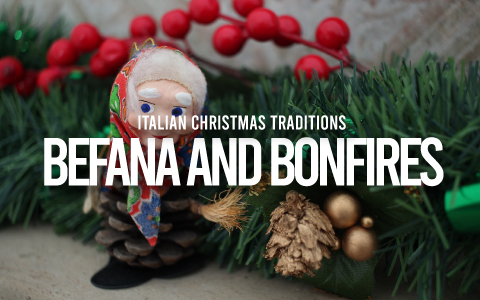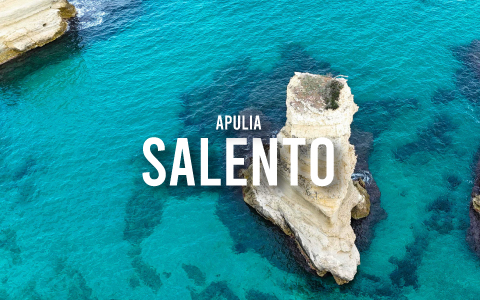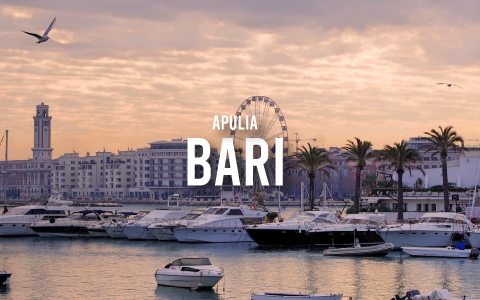
The Befana and Italy’s Fiery New Year Tradition
Italy, a country renowned for its rich cultural heritage, vibrant traditions, and delectable cuisine, holds a unique and fascinating tradition at the beginning of the year – the celebration of the Befana accompanied by large bonfires. The Befana, a legendary figure in Italian folklore, is the focal point of this festive event that marks the end of the Christmas holiday season and the beginning of a new year.
Who is the Befana?
The Befana is an iconic character in Italian folklore, often described as a kind, old witch who visits homes on the night of January 5th, leaving small gifts and sweets for children. This benevolent figure is said to fly on a broomstick and enters homes through chimneys, much like Santa Claus.
According to legend, the Befana was an elderly woman who declined an invitation to accompany the Three Wise Men on their journey to visit the baby Jesus. Later, she regretted her decision and set out on her own, leaving gifts for children in hopes of finding the Christ child.
The Befana’s arrival is eagerly anticipated by children throughout Italy, and families often leave out stockings or socks for her to fill with treats. The morning of January 6th, known as Epiphany, is when children wake up to discover the surprises left by the Befana.
Bonfires Across Italy
To celebrate the arrival of the Befana and to bid farewell to the festive season, many Italian towns host large bonfires on the night of January 5th or the afternoon fo January 6th.
These bonfires, known as “falò della Befana,” illuminate the night sky and create a warm, communal atmosphere. Communities come together to build these impressive bonfires using wood, twigs, and other combustible materials. The fires are often set up in prominent locations, providing a focal point for locals and visitors alike.
The curious thing is that in many instances, these bonfires serve to incinerate the “vecchia” or “vecia,” a puppet resembling Befana, symbolizing the departure of the old year and the advent of a new season. In some communities, the bonfire is ignited only after a mock trial of the “vecchia.”
A superstition suggests that the fall of the cross or pole supporting the pyres can bring misfortune, with some regions insisting it remains standing for at least eight days.
The tradition of bonfires has deep roots in Italian culture, tracing back to the pre-Christian purifying and propitiatory rites. Moreover, the fire ritual fosters community unity, offering a time for collective gathering. Participants savor mulled wine and pinza, a cake characteristic of this time of the year. And in addition to the warmth of the flames, the bonfires also provide a backdrop for various cultural performances, including music and dance.



